- Home
- Articles
- Architectural Portfolio
- Architectral Presentation
- Inspirational Stories
- Architecture News
- Visualization
- BIM Industry
- Facade Design
- Parametric Design
- Career
- Landscape Architecture
- Construction
- Artificial Intelligence
- Sketching
- Design Softwares
- Diagrams
- Writing
- Architectural Tips
- Sustainability
- Courses
- Concept
- Technology
- History & Heritage
- Future of Architecture
- Guides & How-To
- Art & Culture
- Projects
- Interior Design
- Competitions
- Jobs
- Store
- Tools
- More
- Home
- Articles
- Architectural Portfolio
- Architectral Presentation
- Inspirational Stories
- Architecture News
- Visualization
- BIM Industry
- Facade Design
- Parametric Design
- Career
- Landscape Architecture
- Construction
- Artificial Intelligence
- Sketching
- Design Softwares
- Diagrams
- Writing
- Architectural Tips
- Sustainability
- Courses
- Concept
- Technology
- History & Heritage
- Future of Architecture
- Guides & How-To
- Art & Culture
- Projects
- Interior Design
- Competitions
- Jobs
- Store
- Tools
- More
The Evolution of Materials in Architecture: From Ancient Stone to Modern Sustainability
Explore the fascinating evolution of materials in architecture, from ancient stone to modern smart technologies. This article delves into how materials shape design narratives, reflecting our relationship with the environment and innovation. Discover the impact of sustainable resources like bamboo and recycled materials, and envision the future with biodegradable and dynamic solutions.
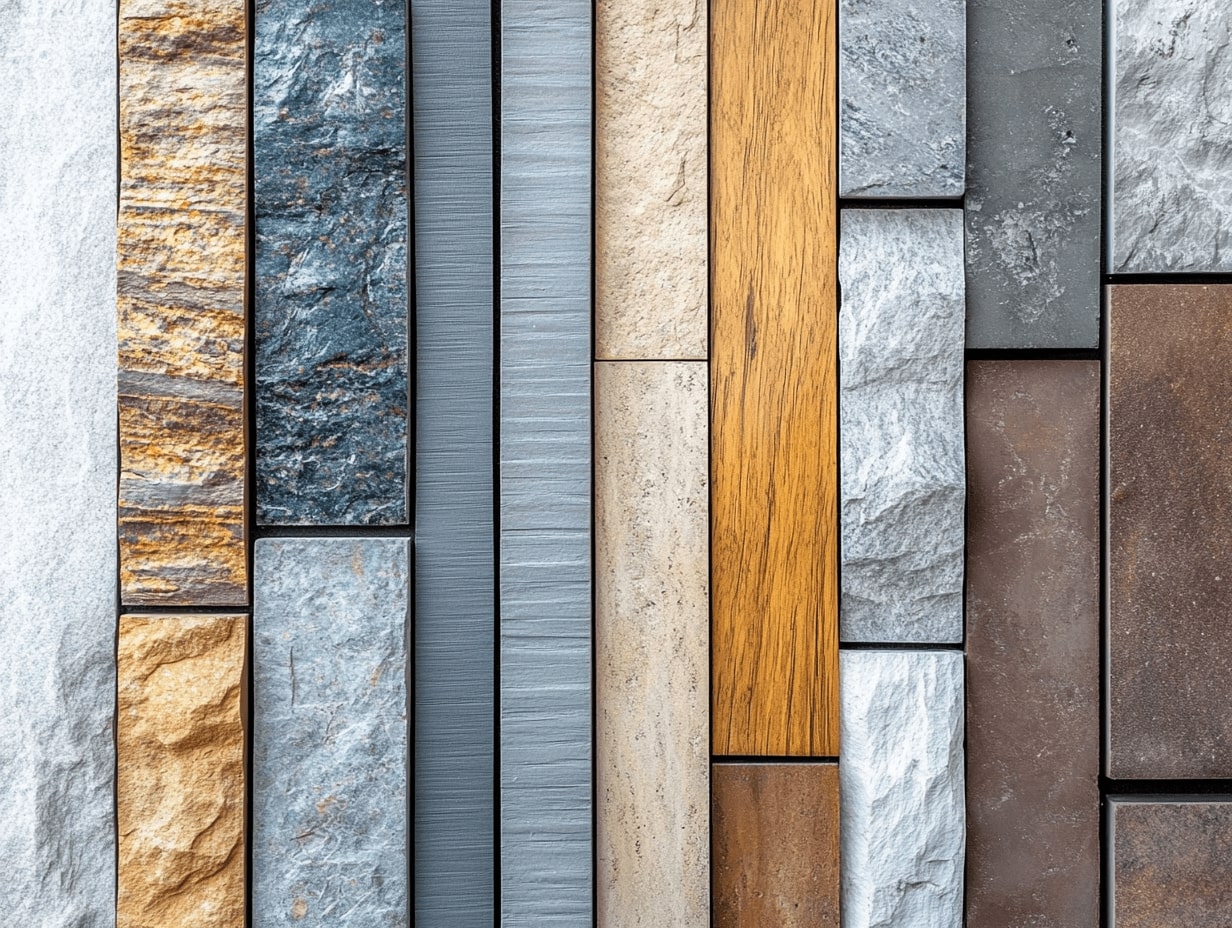
Architecture isn’t just about design; it’s a story woven through time, shaped by the materials we use. From ancient stone and timber to modern steel and glass, each era reflects our evolving relationship with the environment and technology. As we explore the evolution of materials in architecture, we uncover how these choices influence not just aesthetics but also functionality and sustainability.
Understanding this evolution helps us appreciate the innovative spirit that drives architects today. By examining the past, we can see how materials have transformed our built environment and how they continue to push boundaries. Join us as we journey through the fascinating history of architectural materials, revealing the lessons they hold for the future of design.

Table of Contents
ToggleThe Historical Context of Materials in Architecture
Architecture reflects the materials that define various eras. Exploring ancient materials and innovations from the Middle Ages shows how these choices shaped our built environment.

Ancient Materials and Techniques
We relied on natural resources in ancient times, primarily using stone, timber, and clay. Stone structures, such as the pyramids of Egypt and the Parthenon in Greece, emphasized durability and monumental presence. Timber, utilized for framing in early dwellings, offered flexibility and accessibility, while clay served as a versatile building block, evidenced by ancient Mesopotamian ziggurats. Techniques like dry-stone masonry and adobe construction demonstrated human ingenuity in adapting to environmental conditions.
Middle Ages Innovations
We witnessed significant advancements during the Middle Ages, driven by innovations in material use and engineering. The introduction of reinforced masonry enabled the construction of taller cathedrals, exemplified by structures like Notre-Dame de Paris. The use of Gothic archways and flying buttresses allowed for larger windows, resulting in stunning stained glass that illuminated interiors. Brick became widespread, enhancing fire resistance and availability. These developments laid foundational principles still applied in contemporary architecture.
Modern Materials and Their Impact
Modern architecture leverages advanced materials that redefine aesthetics and functionality. Innovations in steel, concrete, and glass transformed the architectural landscape, enabling designs that blend form and purpose.

Steel and Concrete Revolution
Steel and concrete emerged as fundamental materials in the 19th and 20th centuries. Steel’s high strength-to-weight ratio facilitated the construction of skyscrapers and wide-span structures. The use of steel frames created resilient buildings that efficiently resist environmental forces.
Concrete expanded its categories with innovations like reinforced and pre-stressed variants, offering enhanced durability and flexibility. Together, steel and concrete not only shaped iconic structures, such as the Empire State Building and the Sydney Opera House, but also influenced modern construction methods that prioritize structural integrity and speed.
Glass and Facade Developments
Advances in glass technology revolutionized building facades. Early glass types offered limited clarity and thermal performance. Modern innovations, such as low-emissivity (low-E) glass and triple glazing, improved energy efficiency while maintaining transparency.
Architects now incorporate extensive glass elements to foster natural lighting and visual connectivity with surroundings. Structures like the Clearwall House exemplify how glass enhances aesthetic appeal and promotes sustainability. These developments in glass allow for innovative designs that respond to the environment while delivering stunning visual experiences.
Sustainable Materials in Contemporary Architecture
Sustainable materials play a crucial role in contemporary architecture, driving innovations that minimize environmental impact while enhancing aesthetic appeal and functionality.
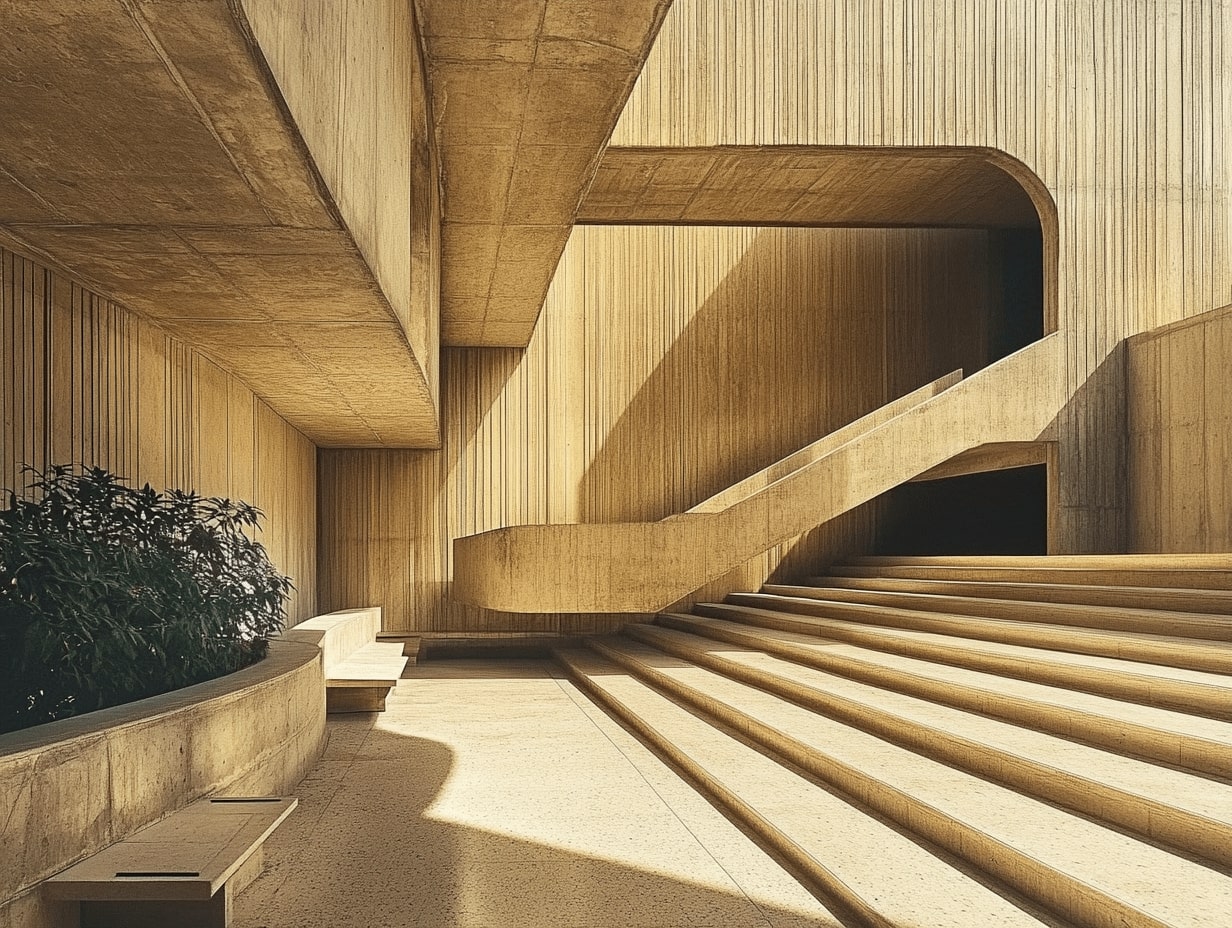
Bamboo and Recycled Materials
Bamboo serves as a significant player in sustainable architecture due to its rapid growth and strength properties. It can reach mature heights in just three to five years, making it a highly renewable resource. Bamboo’s lightweight nature allows for flexible design applications, and its carbon sequestration benefits contribute positively to the environment. Recycled materials also gain prominence, with sources like reclaimed wood, recycled metal, and repurposed bricks being integrated into architectural designs. Such materials not only reduce waste but also infuse unique character into buildings, reflecting their historical narrative while demonstrating eco-friendly practices.
Innovations in Green Building Technologies
Green building technologies continue to evolve, fostering greater efficiency and sustainability in architecture. Innovations like green roofs and walls contribute to urban biodiversity, reducing heat island effects. Solar panels and wind turbines integrate energy generation directly into building designs, promoting self-sufficiency. Smart building systems optimize energy use, adapting automatically to occupancy and environmental conditions. These technologies showcase how contemporary architecture is not just about aesthetics but also about creating environments that harmonize with nature, reduce resource consumption, and enhance the quality of life for occupants.
The Future of Materials in Architecture
The future of materials in architecture promises exciting advancements and innovations that will redefine how we design and construct buildings. We’ll explore emerging trends such as smart materials and biodegradable options that enhance functionality and sustainability.
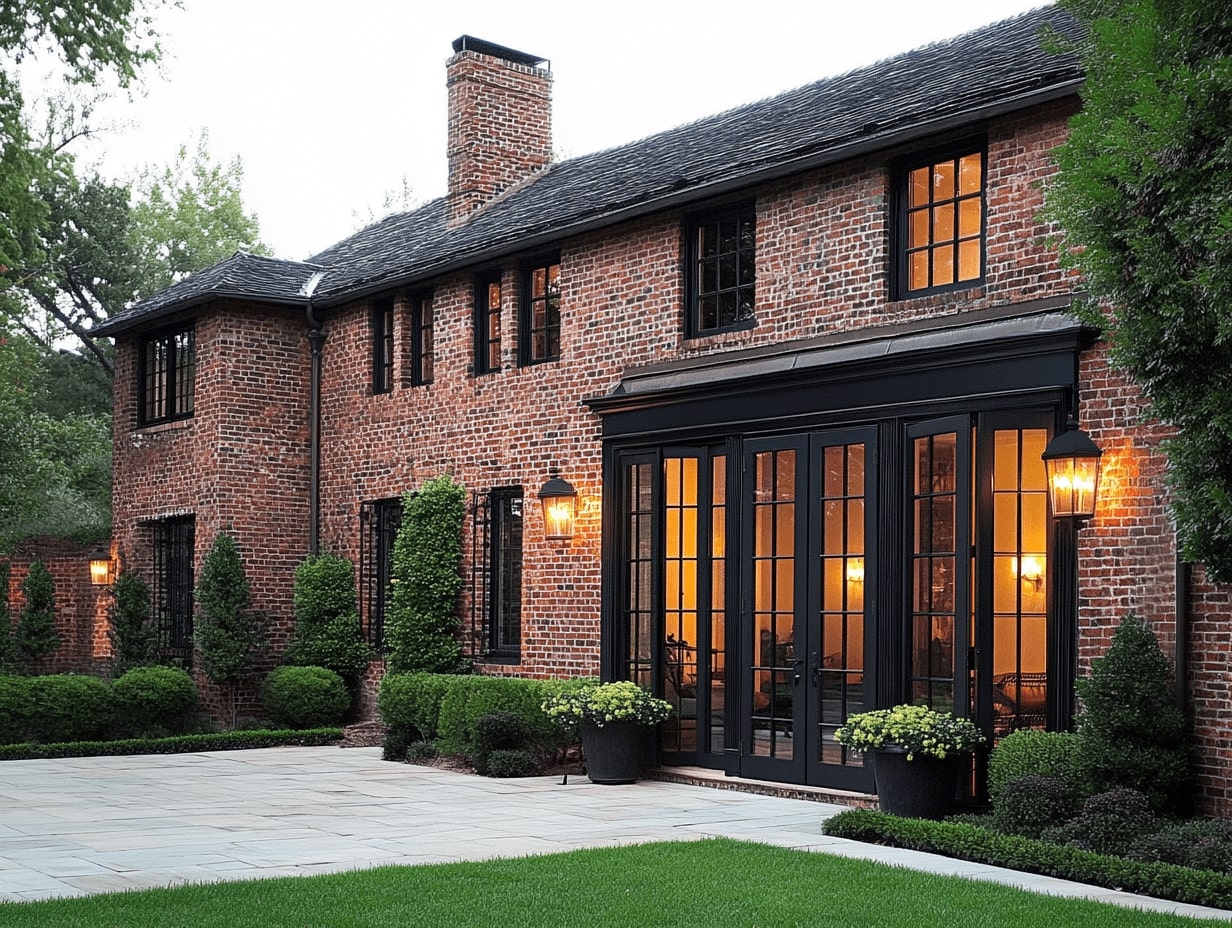
Smart Materials and Technology Integration
Smart materials respond dynamically to environmental conditions, enabling buildings to adapt to their surroundings. We see examples like thermochromic glass that changes opacity with temperature, enhancing energy efficiency while providing comfort. Self-adjusting materials, equipped with sensors and actuators, allow structures to monitor and respond to factors such as light, temperature, and humidity. These materials not only improve occupant satisfaction but also contribute to resource conservation. Furthermore, integrating smart technology into building materials fosters the development of intelligent infrastructure, optimizing energy use and lowering operational costs.
Biodegradable and Self-Healing Materials
Biodegradable materials in architecture reduce waste and environmental impact by breaking down naturally over time. We can incorporate options like mycelium-based composite materials that offer strength while ensuring eco-friendliness. Innovations in self-healing materials, such as concrete infused with healing agents, allow structures to repair cracks autonomously, extending lifespan and reducing maintenance costs. This emerging technology minimizes the need for resource-intensive repairs. By using these materials, architects contribute to a more sustainable future, balancing durability and ecological responsibility in modern design.
Conclusion
The exploration of materials in architecture reveals a profound narrative shaped by technological and environmental shifts. We recognize that each material choice throughout history serves as a reflection of societal values and technological capabilities. Ancient materials like stone and timber set the foundation for durability and grandeur, as seen in the structures of ancient civilizations.
Innovations such as reinforced masonry and the Gothic style proved essential in the Middle Ages, allowing architects to elevate their designs and expand the possibilities of space and light. These developments have left a lasting impression, influencing the structural principles we apply today.
In modern architecture, steel and concrete have emerged as pivotal materials, enabling the creation of expansive and resilient urban landscapes. The integration of advanced glass technology enhances building aesthetics and environmental performance, maximizing natural light while ensuring energy efficiency.
The rise of sustainable materials reshapes our approach to design. Resources like bamboo and recycled materials showcase our commitment to minimizing environmental impact while maintaining aesthetic and functional appeal. Innovations in green technologies further underscore our dedication to designing spaces that coexist harmoniously with nature.
Looking ahead, the future of materials in architecture is poised for exciting transformations. Smart materials promise to enhance functionality, while biodegradable options pave the way for sustainable practices. As we incorporate these advancements, we embrace an architectural vision that balances ecological responsibility with artistic expression, ensuring that our built environment aligns with both human and environmental needs.
- ancient stone architecture
- architectural material innovations
- architecture material evolution
- eco-friendly building materials
- evolution of architecture materials
- green building materials
- historical architecture materials
- history of building materials
- history of sustainable architecture
- innovative building materials
- materials in architectural design
- modern architectural materials
- modern architecture sustainability
- new materials in architecture
- stone construction history
- Sustainability in construction
- sustainable architecture trends
- sustainable building materials
Submit your architectural projects
Follow these steps for submission your project. Submission FormLatest Posts
Eco-Friendly Floor Coverings: Smart Choices for a Greener Home
Eco-friendly floor coverings made simple: discover sustainable materials, trusted certifications, and room-by-room...
What are Biodomes?
Biodomes are transforming architecture by blending ecological science with advanced design to...
The Quiet Revolution of Biophilic Design
Biophilic design is reshaping homes, workplaces, and cities—backed by evidence. Learn core...
Sustainable Solutions in Contemporary Architecture: From Passive Design to Clean Energy
Sustainable solutions in contemporary architecture: a practical playbook to hit net-zero, cut...








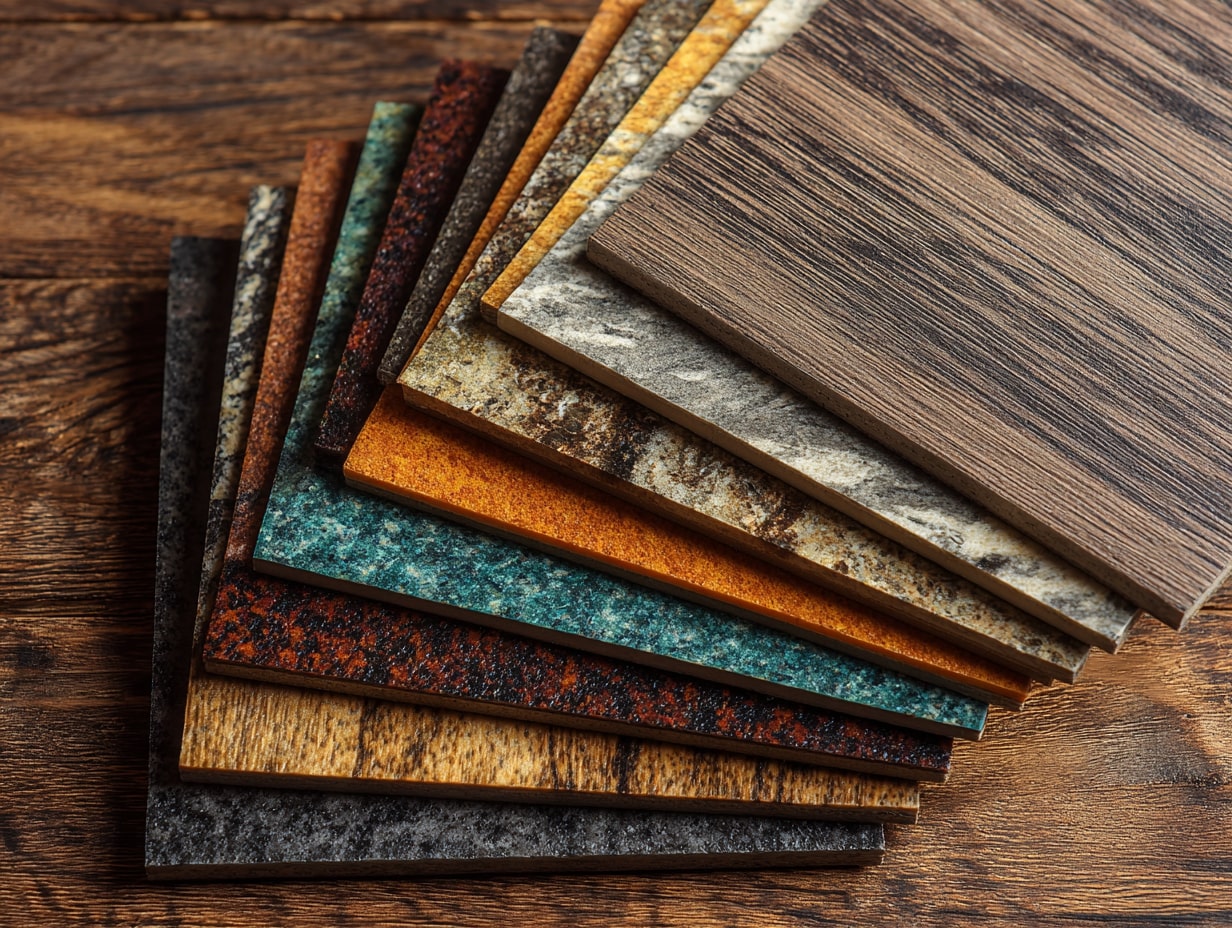
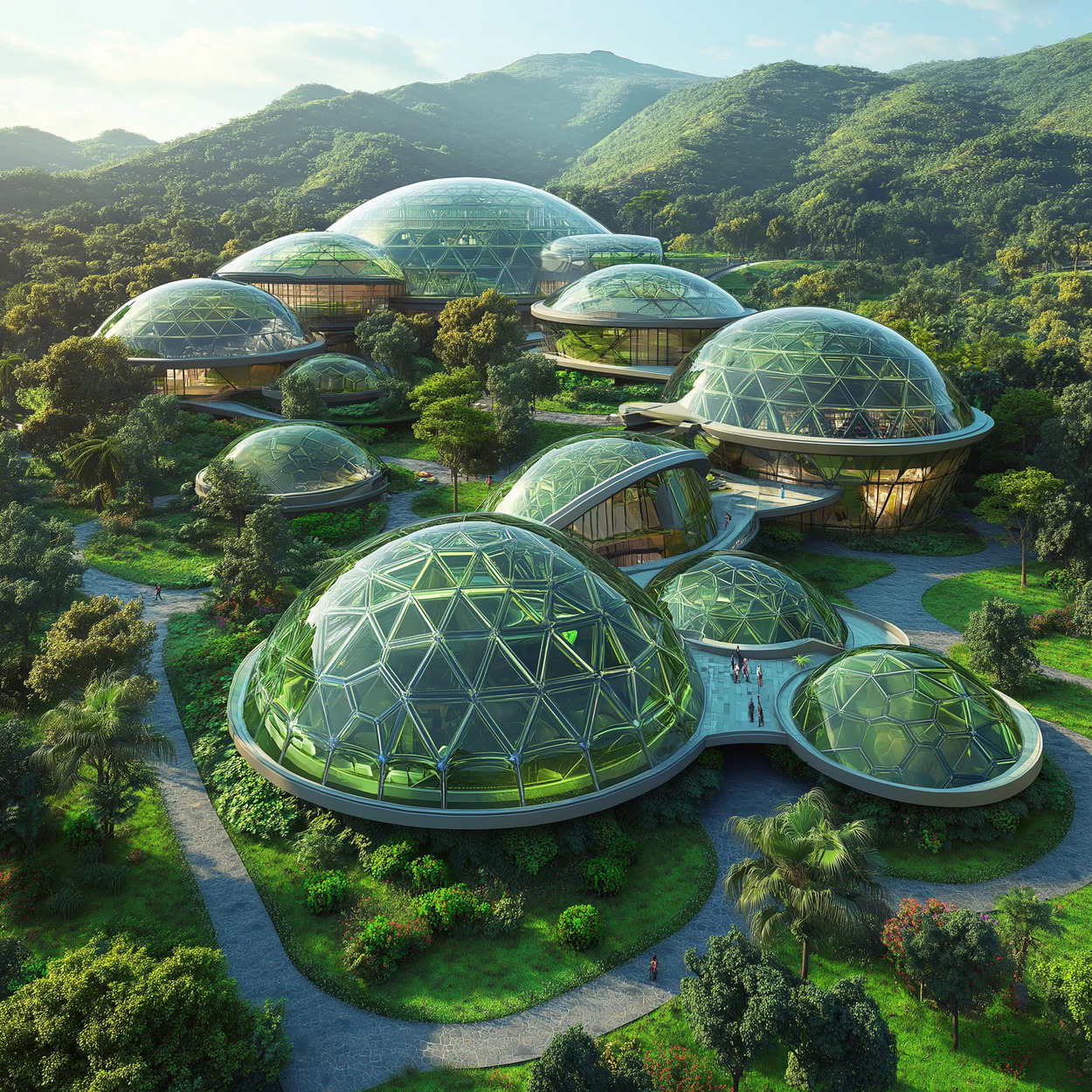
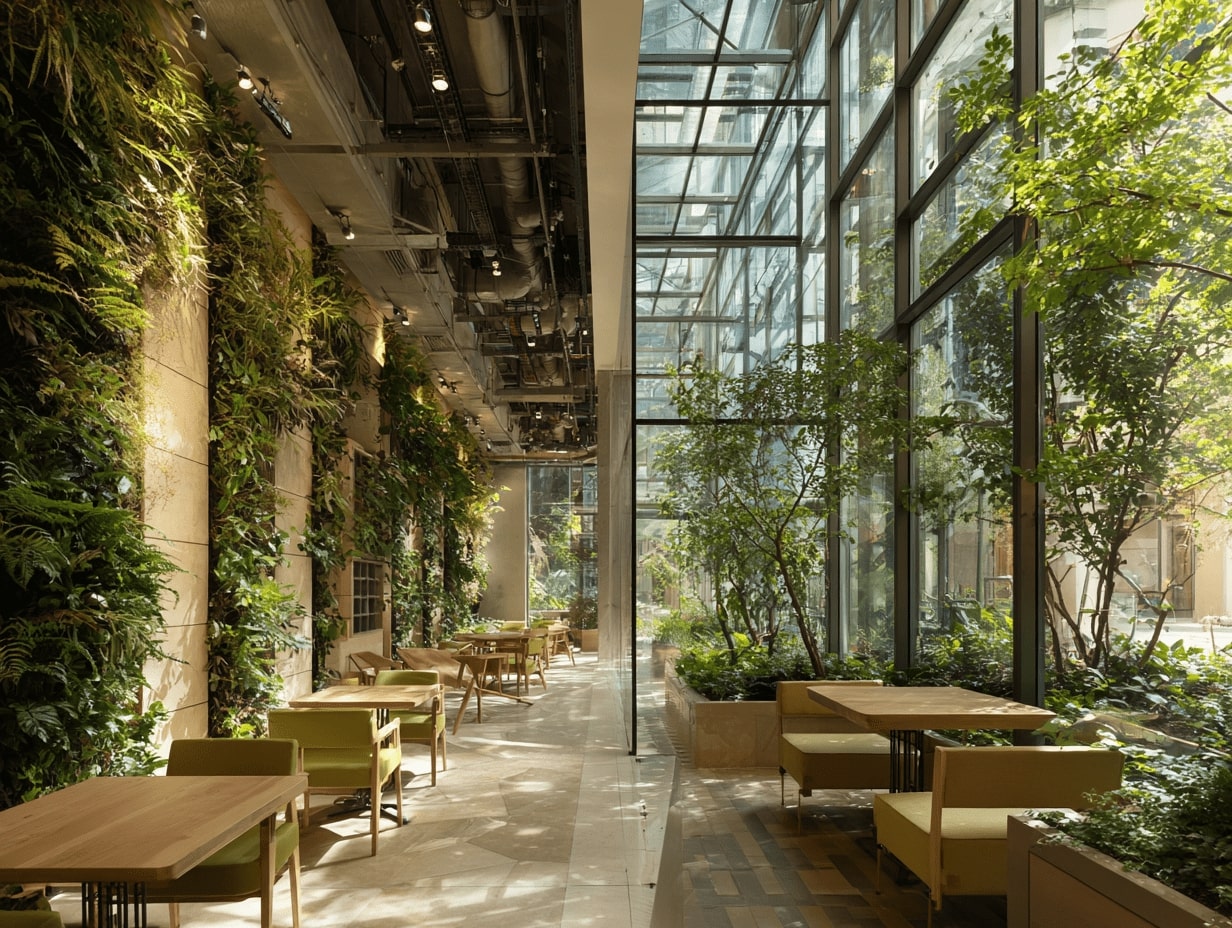
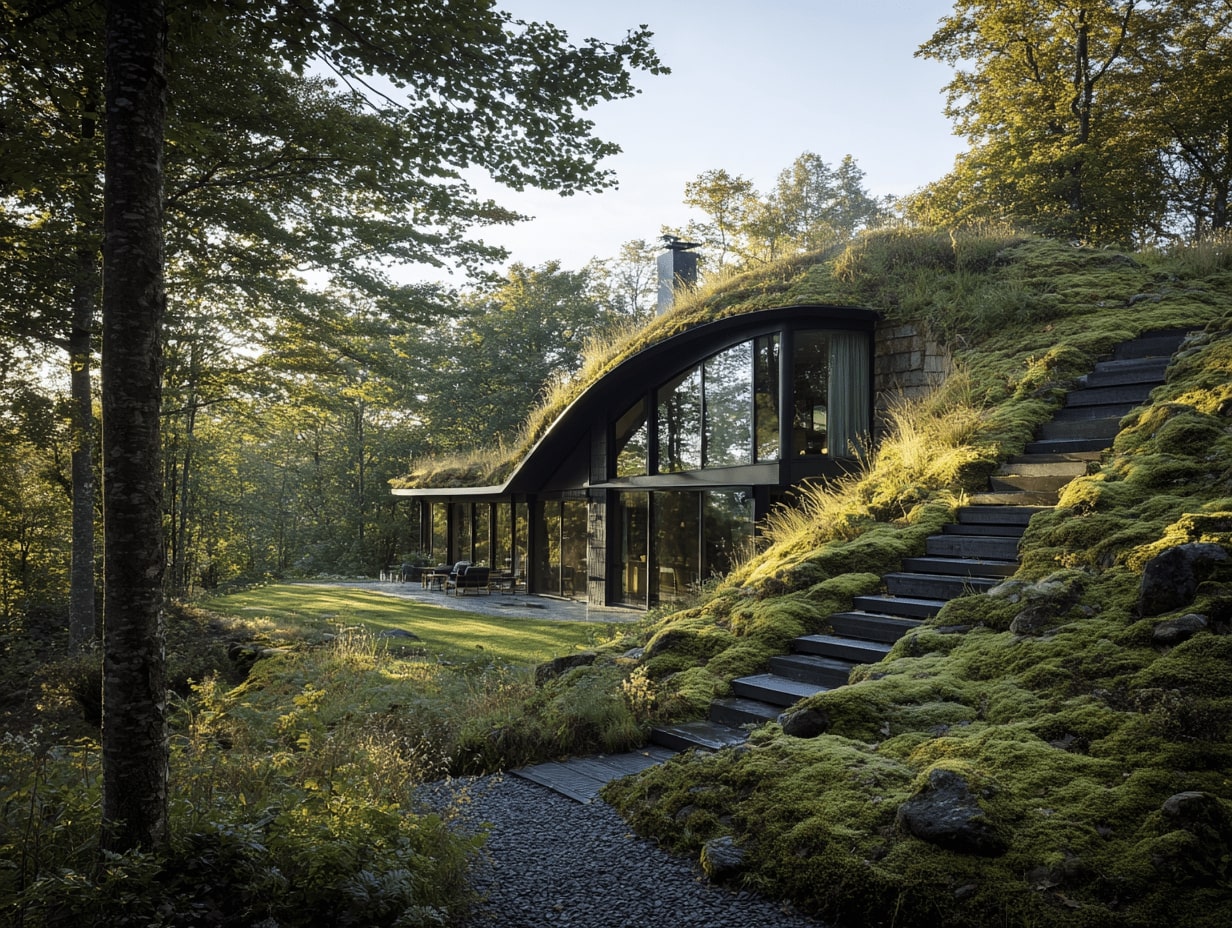
Leave a comment